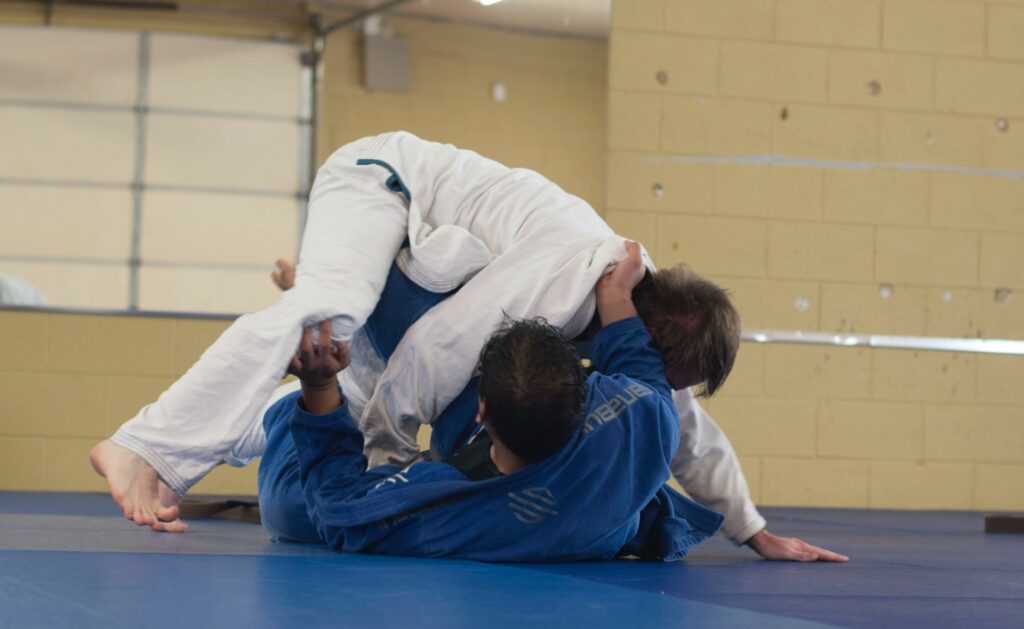
Brazilian Jiu Jitsu (BJJ) and judo are two martial arts with a rich history of storied legends and pressure-tested techniques. In this blog post, we’ll quickly cover the histories by BJJ and judo as well as their key differences. You’ll learn more about these international combat sports, some of their top competitors, and even differences in equipment.
Key points of the differences between Brazilian Jiu Jitsu and Judo
- Judo places a higher emphasis on throwing opponents and takedowns
- BJJ places a higher emphasis on ground fighting and ground techniques
- Judo gis are heavier and thicker
- BJJ gis tend to still be durable but lighter weight and flexible
The history of BJJ
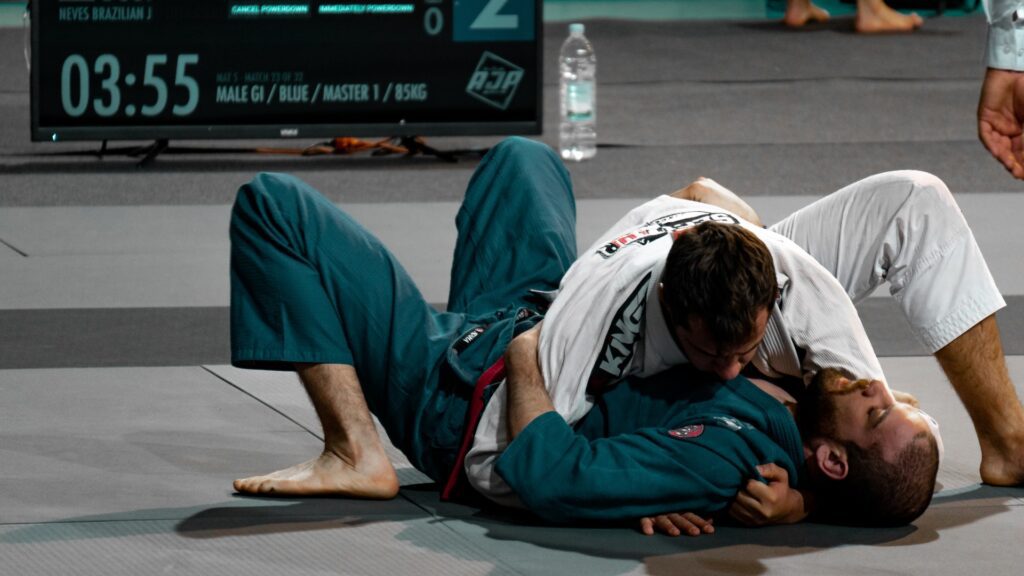
The term “Brazilian Jiu Jitsu” is often used interchangeably with “Gracie Jiu Jitsu” due to its development being credited to the Gracie family in Brazil around 1920. Much of BJJ stems from the art of judo since Mitsuyo Maeda, a student of Kano Jigoro (founder of judo), spread his knowledge and techniques in Brazil starting in 1914. A few years later, Carlos Gracie was taken in as a student of Maeda which then led to Helio Gracie (younger brother of Carlos) learning techniques from Maeda as well. Helio eventually developed Gracie Jiu Jitsu as a way for someone to survive and neutralize an opponent through ground fighting and leverage.
Over the last several decades, BJJ has grown in popularity around the world with schools everywhere from South Korea to London. Here are some of the top BJJ practitioners in the world both current and past:
- Gordon Ryan:
- Mackenzie Dern
- Leandro Lo
- Gabrielle Garcia
- Andre Galvao
- Roger Gracie
- Craig Jones
All of the BJJ fighters listed above have achieved some of the greatest accolades any BJJ competitor could hope for. Now that you know a little more about the history of BJJ, let’s go over the history of judo.
The history of judo
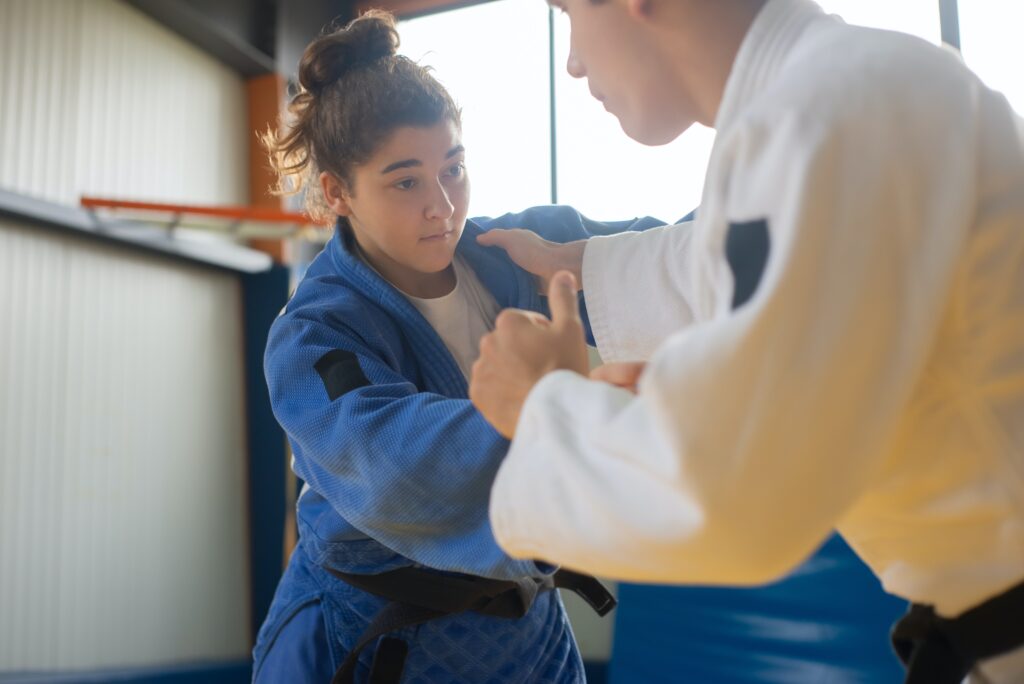
Judo has a rich history tracing back to Japan and the person credited with its creation named Kano Jigoro in 1882. Kano developed a system focused on efficiency of energy to take opponents to the ground in a self-defense/combat scenario. This system enables practitioners aka judoka with the tools to maintain distance, win grip battles, and take opponents to the ground. Kano worked to spread the art throughout Japan and around the world. Years after his death, judo was added to the list of official Olympic sports in 1964.
Due to judo being an Olympic sport for several decades, there are now judo schools around the world. High level competitors can be found internationally as demonstrated by the names on the list below of top judoka:
- Noriko Anno
- Teddy Riner
- Ingrid Berghmans
- Hitoshi Saito
- Masae Ueno
- Tadahiro Nomura
- Ronda Rousey
- Kayla Harrison
- Anton Geesink
Have you heard of any of the judoka listed above? Let us know in the comments below. Now that we’ve covered a brief history of judo and share the names of the some of the top judoka in the world, we will go over the key differences between Brazilian Jiu Jitsu and judo.
key differences between brazilian jiu jitsu and judo
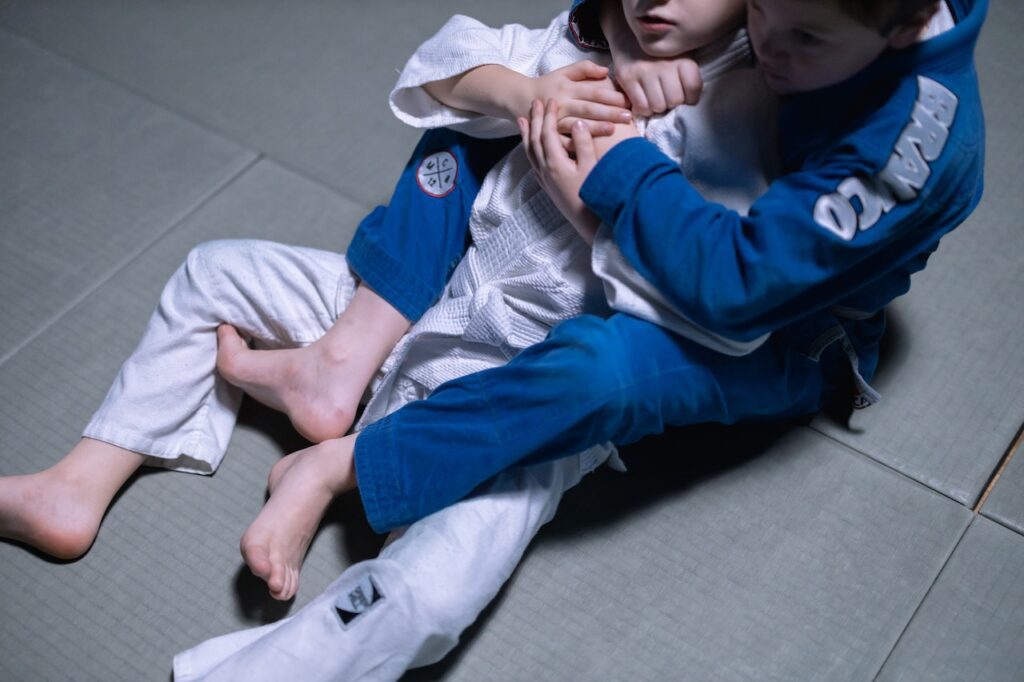
Now that you have a better understanding of the background stories of judo and Brazilian Jiu Jitsu, we’ll answer some of the most common questions regarding BJJ and judo. This will help you see some of the differences between judo and BJJ and what makes them unique.
What type of equipment is used in BJJ?
Brazilian Jiu Jitsu has two general categories which are gi and no gi. Gi BJJ utilizes the gi which is the traditional martial arts uniform. No gi BJJ practitioners will wear gear such as rash guards, shorts, and spats since clothing grips aren’t allowed in no gi BJJ.
While both judoka and BJJ practitioners will both use gis, judo gis tend to be heavier and thicker. BJJ gis are more flexible and can vary a little more in lapel/sleeve length.
Is striking allowed in judo?
Unlike some rulesets for Brazilian Jiu Jitsu like combat jiu jitsu, striking is not allowed in judo. Only takedowns and submissions in judo are allowed. A heavy emphasis in judo is placed on clean, impactful takedowns.
Is Brazilian Jiu Jitsu effective in self-defense?
Yes, Brazilian Jiu Jitsu is effective in hand-to-hand combat situations. The techniques taught in Brazilian Jiu Jitsu teach someone what he/she needs to do to survive and possibly neutralize a bigger, stronger opponent with no training.
Can judo be used in self-defense?
Yes, judo can be used in self-defense situations. Judo training will help you be more confident on your feet. You’ll have a better understanding of how to fall should you get taken down. You will also be able to maintain distance and fight for grips if needed.
More time is spent on the ground for BJJ fighters
Unlike judo, a greater emphasis is spent on groundwork for BJJ fighters than judo fighters such as escaping mount and kneeling guard passes. Majority of the time spent for judoka is spent on standup techniques with less time spent on newaza (ground techniques).
BJJ is not an Olympic sport
Although BJJ is practiced around the world, it is not an Olympic sport like judo.
Go train!
Knowing some of the differences between BJJ and judo can help you decide which martial art you want to pursue if you’re on the fence about learning judo or jiu jitsu. Which combat sport is more your style? Let us know in the comments below!
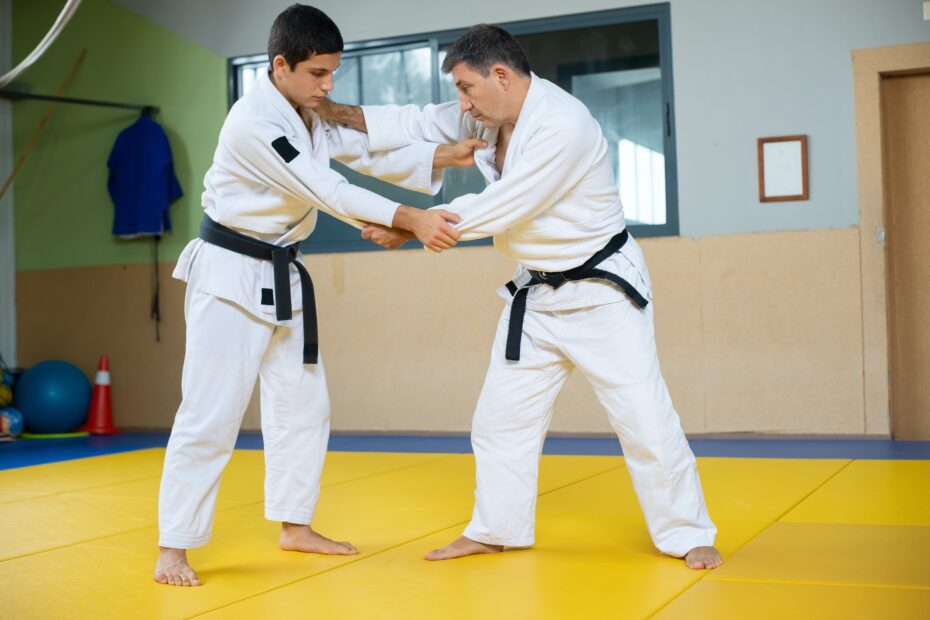
Leave a Reply